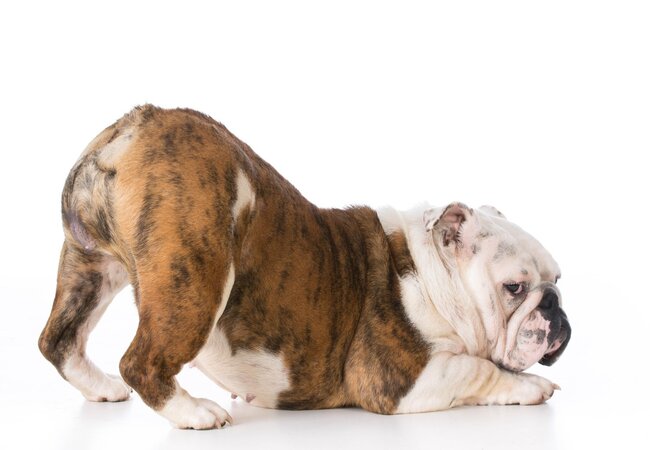Vet‑Approved 2025 Guide: Tail Docking in Dogs – Risks, Ethics & Alternatives 🐶

In this article
Vet‑Approved 2025 Guide: Tail Docking in Dogs – Risks, Ethics & Alternatives 🐶
By Dr. Duncan Houston BVSc
Tail docking (or caudectomy) is the surgical removal of part or all of a dog’s tail. While historically performed in working dogs to prevent injuries, today it remains a highly controversial procedure, especially when done for cosmetic reasons. In this 2025 vet‑approved article, Dr Duncan Houston BVSc breaks down why tail docking is done, how it’s performed, risks, ethical and legal perspectives, and better enrichment alternatives your pup deserves—along with supportive tools from Ask A Vet encourage compassionate care. 🐶❤️
🔧 How Tail Docking Is Performed
The procedure typically involves surgical removal of canine caudal vertebrae via scissors or scalpel, sometimes disarticulating vertebrae, followed by ligation of blood vessels with sutures—done under general anesthesia in older dogs or with local anesthetic in puppies under 5 days old.
📌 Why It's Done
- Traditional beliefs: thought to protect working or hunting dogs from tail injury—a belief unsupported scientifically.
- Cosmetic expectations: still commonly done for breed standards, though without medical reasoning.
- Medical necessity: caudectomy may be required to remove tumors, treat non-healing wounds, severe infections, or traumatic injuries.
⚠️ Risks & Long-Term Effects
- Bleeding, infection, acute pain—short- and long-term.
- Heightened sensitivity and chronic pain in the stump.
- Impaired communication—dogs rely on tail signals for social interaction and balance.
- Additional musculoskeletal stress—especially in active or working dogs.
🌍 Legal & Ethical Standpoint (2025)
Professional bodies like the AVMA, BVA, and WSAVA oppose cosmetic docking due to lack of evidence for benefits and known welfare harms. Many regions ban cosmetic docking or restrict it to medical necessity. In the UK, only certified veterinarians may dock working dogs under strict conditions.
📊 Evidence vs Myth
Large-scale studies show only ~0.23% of undocked dogs sustain tail injuries—meaning ~500 dogs would have to be docked to prevent a single injury. Myths about speed, strength, or rabies prevention have no scientific support.
🕊️ Ethical Alternatives
For working dogs, proper conditioning, tail protection (padding), or monitoring can effectively reduce injury risk. For breeds with tail standards, selecting naturally bobbed breeds is a compassionate choice.
🛡️ Only Considered If Medically Necessary
Docking may be justified when treating tumors, necrotic injury, or life-threatening infections. In these cases, it's a therapeutic choice, supported by veterinary guidelines.
🐾 Post-Procedure Recovery & Care
- Pain management with NSAIDs and antibiotics.
- Incision monitoring—watch for bleeding, swelling, discharge.
- Strict rest and activity restrictions for initial healing.
- Long-term monitoring for sensitivity, neuroma, or pain syndrome.
🎗️ Healing with Compassion
- Ask A Vet: Remote consults for post-op questions or behavioral changes.
❓ FAQs
- Is it cruel? Most vets and welfare bodies consider cosmetic docking unethical and cruel.
- Is it painful? Absolutely—studies confirm puppies feel pain, and chronic pain is possible.
- Do breeds need it? Not for health. For appearance, going with naturally short-tailed breeds is kinder.
🏁 Final Thoughts
Tail docking in puppies for cosmetic reasons is outdated and unsupported by scientific evidence. As of 2025, the consensus among veterinarians and welfare experts is clear: unless medically necessary, docking should be avoided. A dog’s tail is essential for expression, communication, and balance. Choose compassion—protect your pup with enrichment, protective gear, and expert care from Ask A Vet. 🐶❤️






